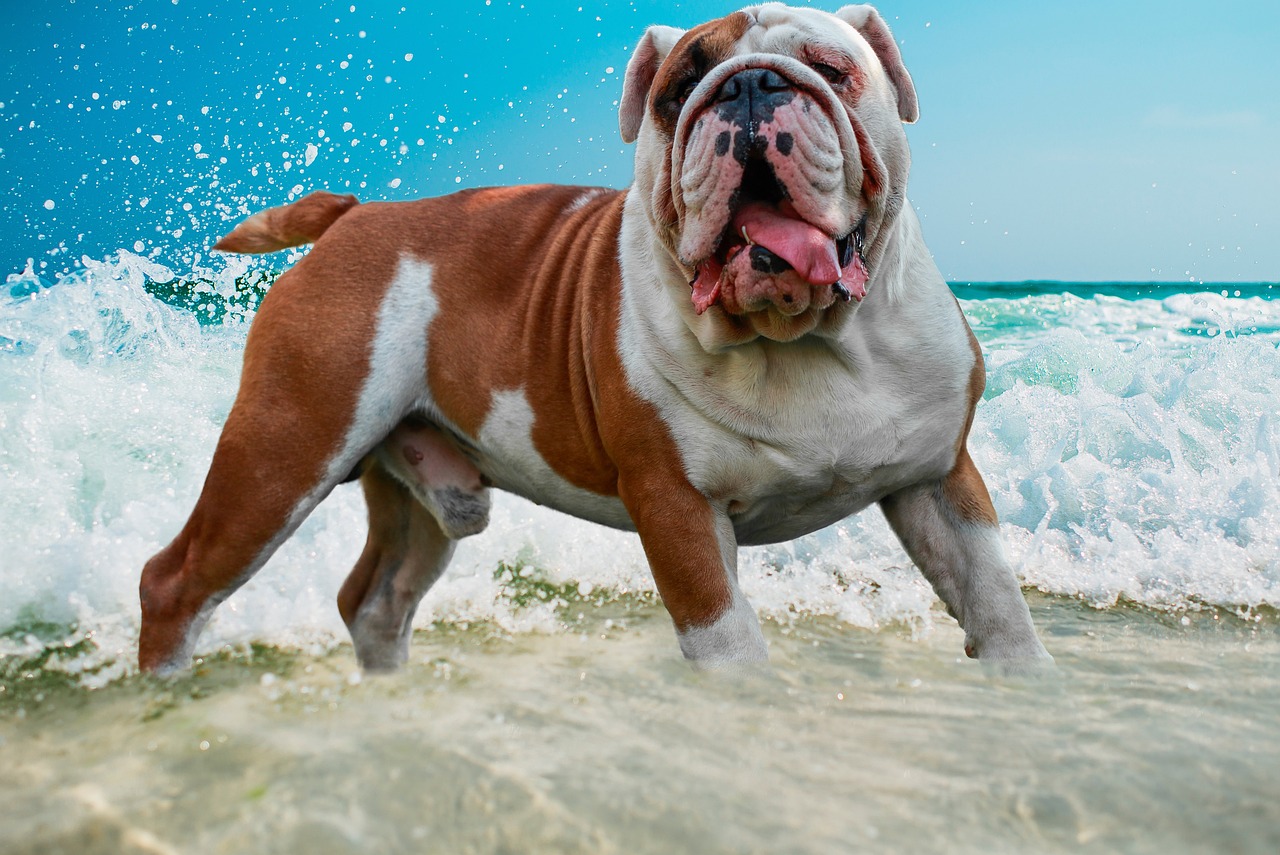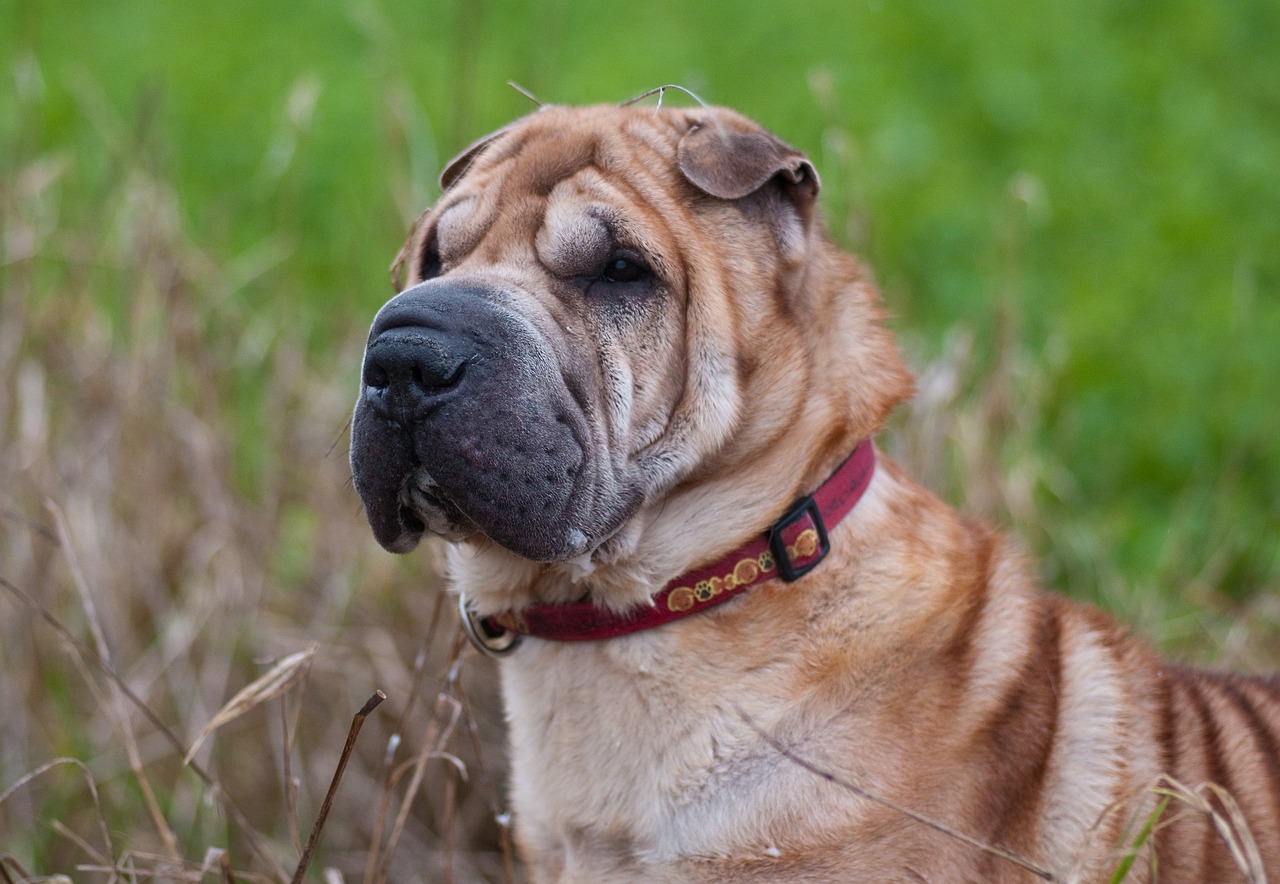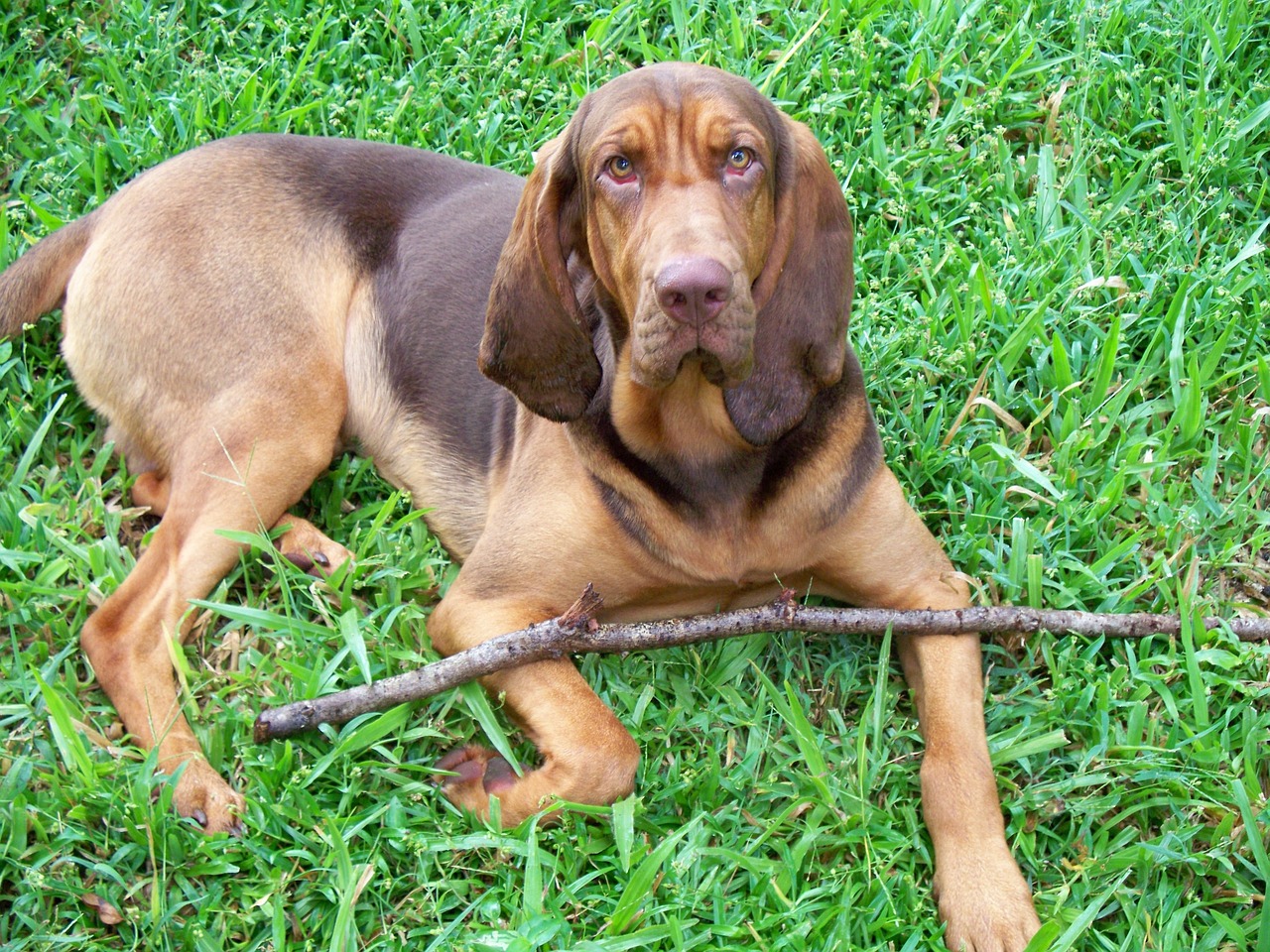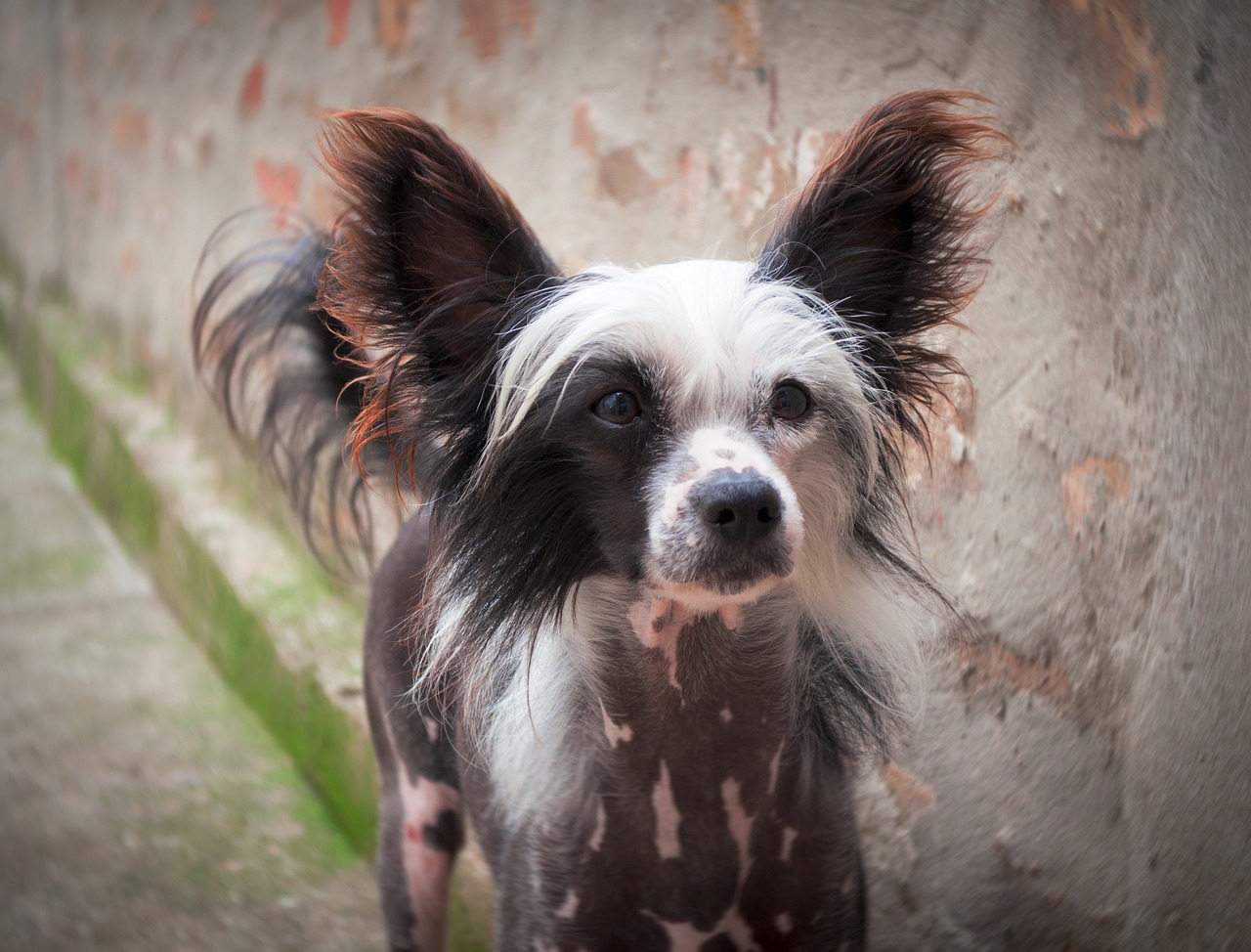In the diverse and fascinating world of dog breeds, each brings its own unique set of characteristics, traits, and, yes, even smells. While dogs are beloved companions, known for their loyalty, intelligence, and unconditional love, certain breeds are also known for their distinctive odors, which can be a consideration for potential pet owners. Among these, some lesser-known breeds have a reputation for being particularly pungent. This article explores 6 stinkiest lesser-known dog breeds, delving into the reasons behind their notable scents and offering insights into what makes each of these breeds both challenging and charming in their own right.
1. English Bulldog
The English Bulldog, with its iconic wrinkled face and sturdy body, is a breed known for its gentle disposition and steadfast loyalty. However, their distinctive skin folds can trap moisture and debris, leading to a characteristic smell if not regularly cleaned. Additionally, Bulldogs are prone to flatulence due to their brachycephalic nature, which can contribute to their overall olfactory presence in a home. Despite these challenges, English Bulldogs remain one of the most beloved breeds, cherished for their loving nature, patience with children, and comical personalities.

2. Saint Bernard
Famed for their role as alpine rescuers, Saint Bernards are gentle giants with a heart as big as their size. Their thick, dense fur is designed for cold weather but can trap odors if not maintained properly. These dogs also drool significantly, which can add to the scent within their living environment. However, their calm demeanor, friendly nature, and unwavering loyalty make them excellent family pets for those willing to keep up with their grooming and don’t mind a bit of drool.

3. Shar Pei
The Shar Pei, recognizable by its deep wrinkles and blue-black tongue, is a breed that comes with a unique set of grooming challenges due to its skin folds. These folds can trap moisture and debris, leading to bacterial and yeast infections if not cleaned regularly, which can result in a noticeable odor. Proper care involves routine cleaning of the skin folds to ensure they remain dry and free from infection. Despite these grooming needs, the Shar Pei is a loyal and independent breed, known for its affectionate nature towards its family.

4. Bloodhound
Bloodhounds are renowned for their incredible sense of smell and tracking abilities, traits that come with a trade-off in the form of their distinctive scent. Their large skin folds and oily coat are designed to protect them from the elements while they track, but these same features can also harbor bacteria and lead to a strong odor. Regular grooming, including cleaning their ears and skin folds, is essential for managing their smell. Despite their olfactory challenges, Bloodhounds are gentle, patient, and incredibly devoted companions.

5. Afghan Hound
The Afghan Hound, with its elegant appearance and flowing coat, might not be the first breed that comes to mind when thinking of stinky dogs. However, their long, fine hair requires extensive grooming to prevent matting and can trap dirt and odors if not maintained properly. Without regular baths and grooming, Afghan Hounds can develop a noticeable smell, particularly if their coat picks up outdoor elements. Their dignified demeanor and beauty make the grooming effort worthwhile, offering a rewarding companionship to those who don’t mind the extra care.

6. Chinese Crested
The Chinese Crested comes in two varieties: hairless and powderpuff. While the hairless variety might seem like a low-odor option, their exposed skin requires specific care to prevent acne, dryness, and other skin conditions that can lead to unpleasant smells. Regular bathing, moisturizing, and protection from the elements are all essential parts of caring for a hairless Chinese Crested. Despite the extra skincare needs, these dogs are affectionate, playful, and deeply loyal companions, often forming a strong bond with their owners.

In conclusion, while these 6 breeds may be known for their distinctive smells, it’s important to remember that proper care, grooming, and regular veterinary check-ups can help manage and even minimize odor issues. Each of these breeds brings a unique set of qualities that, for many, far outweighs the challenges associated with their care. These dogs offer loyalty, companionship, and love that make them cherished members of the family. Embracing their needs with understanding and patience ensures that the joy and love they bring to our lives far surpass any olfactory challenges they may present.
 Toledo, United States.
Toledo, United States.